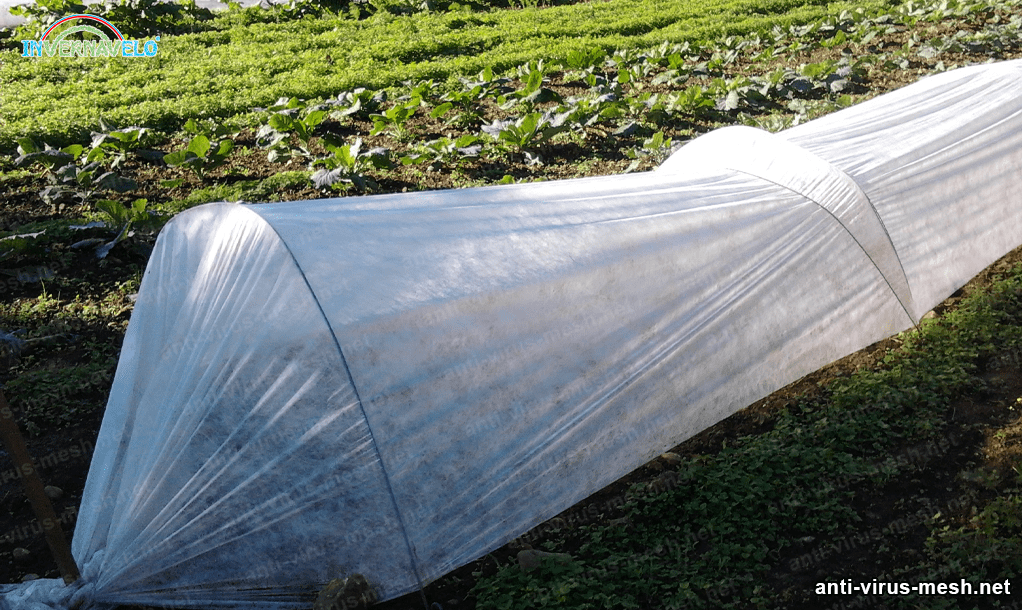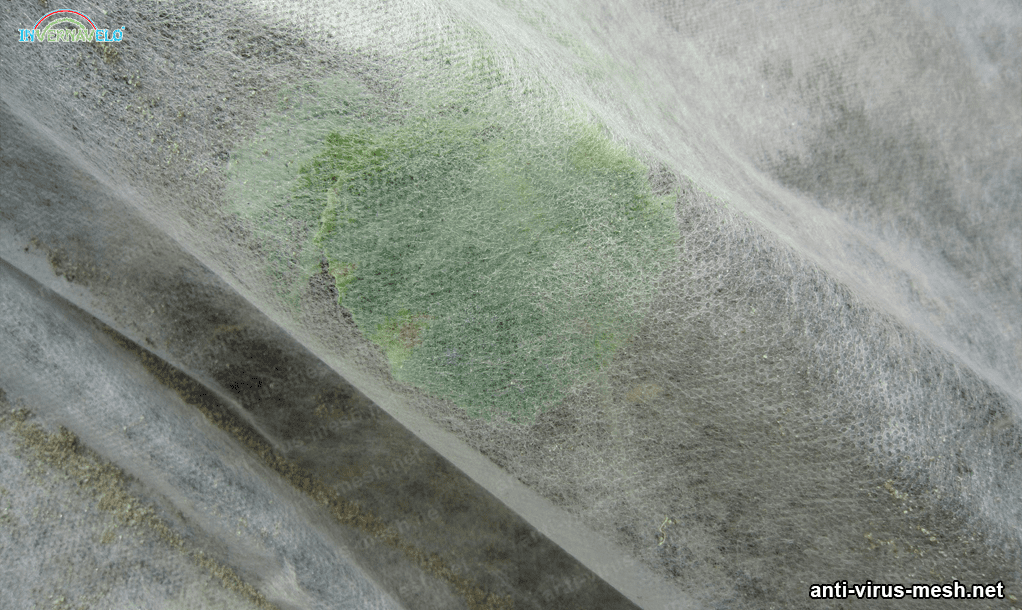Virus scanners play an important role in the process of protecting the devices and information systems of all users. These security tools serve as the first line of defense to prevent the spread of malicious code such as viruses, worms, malware, Trojans and ransomwares.
The anti-virus mesh acts as a shield between the device and existing threats. In addition to the basic threat detection tasks, these security solutions offer many additional protection features. are also usually part of the toolkit provided by the anti-virus software manufacturers.
- application control – Most modern anti-virus mesh offer specific software control features to block malware or potentially malicious applications.
- Flexible management: Many anti-virus tools provide an advanced management and configuration option that allows users to manage their security policies and rules efficiently. This helps prevent the spread of threats between protected devices.
- Intrusion prevention: Intrusion protection is an important functionality that is provided access to in most anti-virus mesh. This feature allows users to add other security measures to their devices, blocking access to any unwanted traffic.
- Intrusion detection: some of the security tools also provide users with the option to detect and block any malicious traffic. This feature is particularly useful for detecting any incoming threats and preventing their propagation.
- Prevention of flooding attacks: this security framework also offers protection against flooding attacks, which helps to prevent unauthorized traffic at once. This is achieved through a resource limitation technique to prevent any threat.
- Exploitation prevention: Anti-virus mesh also provides protection against intruders and threats that attempt to exploit any existing vulnerabilities in the devices. This helps prevent any potential damage caused by malware.
- Web security: most security solutions also offer web protection that users can activate to prevent access to any malicious websites. This feature is especially useful for users who frequently browse online.
- Phishing protection: Protection against phishing or online fraud is often provided. This feature allows users to detect any attempt to steal information and protect themselves from any incoming threats.

Secondary functions provided by the anti-virus mesh demonstrate the wide range of utilities offered by these security solutions.
These tools offer comprehensive protection to all users and help prevent the spread of threats on the device. For these reasons, it is important to choose a security tool that offers several of the aforementioned secondary functions to ensure the best online protection.
Did you know that the most prominent types of antivirus mesh allow effective protection against the security threats that exist on the Internet today?
Following are the most prominent types of antivirus mesh that are available in the market today. Network security is one of the most prominent antivirus meshes. This mesh protects against hacker attacks and viruses that can cause damage to computing devices. This mesh uses a combination of firewall, antivirus, antispyware and antispam to protect the system. In addition, it can also protect against ransomware so it can be a great barrier to hackers interested in obtaining your confidential information. This mesh can also help control network usage, preventing users from performing unauthorized activities.
Host antivirus is also one of the most prominent types of antivirus mesh. This mesh is use to scan all files on a computer and to make sure that there is no malicious software installed on it. This mesh covers a wide variety of security threats, such as Trojans, Trojan horses, spyware, adware, rootkits and many others.
Cloud-based antivirus meshes are also becoming increasingly popular today.
These are online tools that computer users can use to ensure that their device is fully protected. These antivirus meshes make use of advanced technologies to constantly check the contents of the computer for any suspicious security threats. This means that users do not have to manually scan their systems for threats or update their security programs every time there is a new threat.
Firewalls are also one of the most prominent types of anti-virus mesh. These are created to prevent the hacker from being able to enter the computer system through the Internet. These firewalls are designed to filter network traffic even before it reaches critical areas of the system. This gives the user an additional layer of security and protection. Firewalls also help prevent someone from getting hold of sensitive computer data. Because of the importance of information security, firewalls should be considered an integral part of the antivirus mesh.
There are many types of anti-virus mesh available today, but the most prominent types offer the best protection. Network security, host antivirus mesh, firewall, and cloud antivirus mesh are some of the most prominent antivirus meshes. These meshes offer comprehensive computer system protection and provide protection against a variety of security threats.

Foreseen future of virus netting in agriculture
Virus netting in agriculture is an emerging trend in the field of agriculture and food production. It is an innovative tool suitable for the prevention of viral diseases in crops. Its popularization is generating a lot of buzz in the modern agricultural world. This is due to the fact that, once implemented on farms and fields, the virus netting offers the possibility of preventing the invasion of viruses through the air, bee, wind, soil, water or direct contact with other insects or humans.
It is important to remember that viruses can be extremely damaging to crops. For this reason, virus netting would significantly improve the safety of agricultural products and ensure safer and better quality food for consumers. The netting would serve as a barrier between the viruses and the crop, protecting it against the invader. In this way, they would never reach humans and usable crops.
In addition to this preventative function, the virus netting also offers a host of long-term benefits. One of these is the reduction of harvesting costs, thanks to the reduced use of chemical pesticides to combat virus infestations. On the other hand, the possibility of using the netting as a way to optimize crop yields, thus improving productivity, is being studied. Another advantage of the virus netting is that its extension and range over time will ensure long-lasting protection. This, in turn, would have a positive impact on the environment, as it would reduce the possibility of contamination.
In the future, the use of this netting will become more and more widespread, as it offers innumerable benefits.
As a result, many countries will continue to install this netting on their farms and fields to improve their production, while avoiding the risks of infection and contamination. The quantity and variety of products produced with this netting will also increase considerably.
Future of virus netting in agriculture looks very promising. Once implemented, it will offer immediate benefits to crops, as well as improved long-term yields and greater environmental protection. Tests to date have optimized its performance, which bodes very well for the future of this innovative tool in the agricultural world. Its popularization is changing the way of working in agriculture, providing more effective and safer prevention, thus improving food quality and production. This type of innovation allows us to bet on a more sustainable and environmentally friendly agriculture.